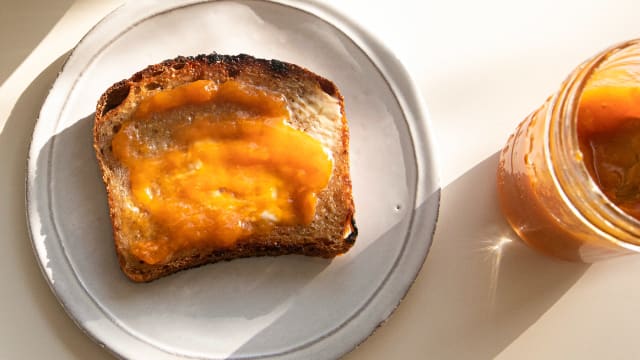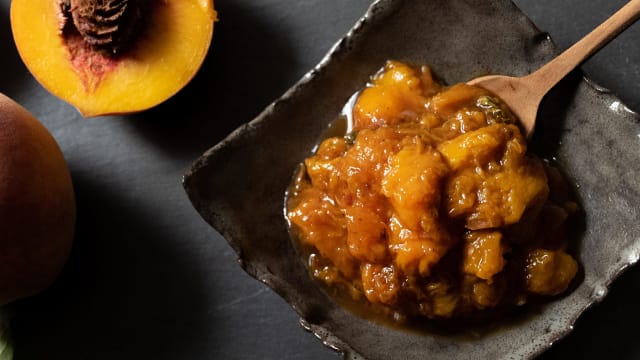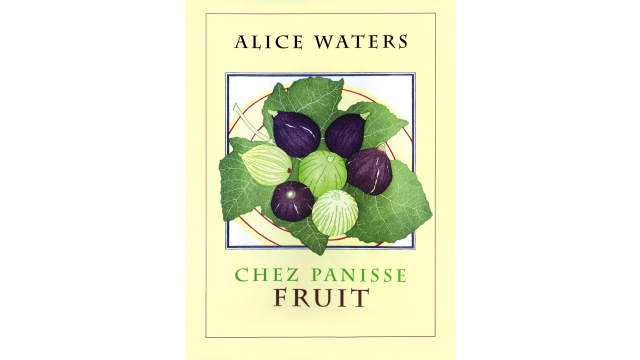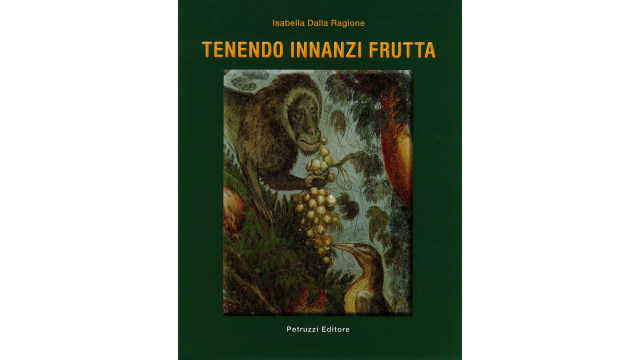Nectarine
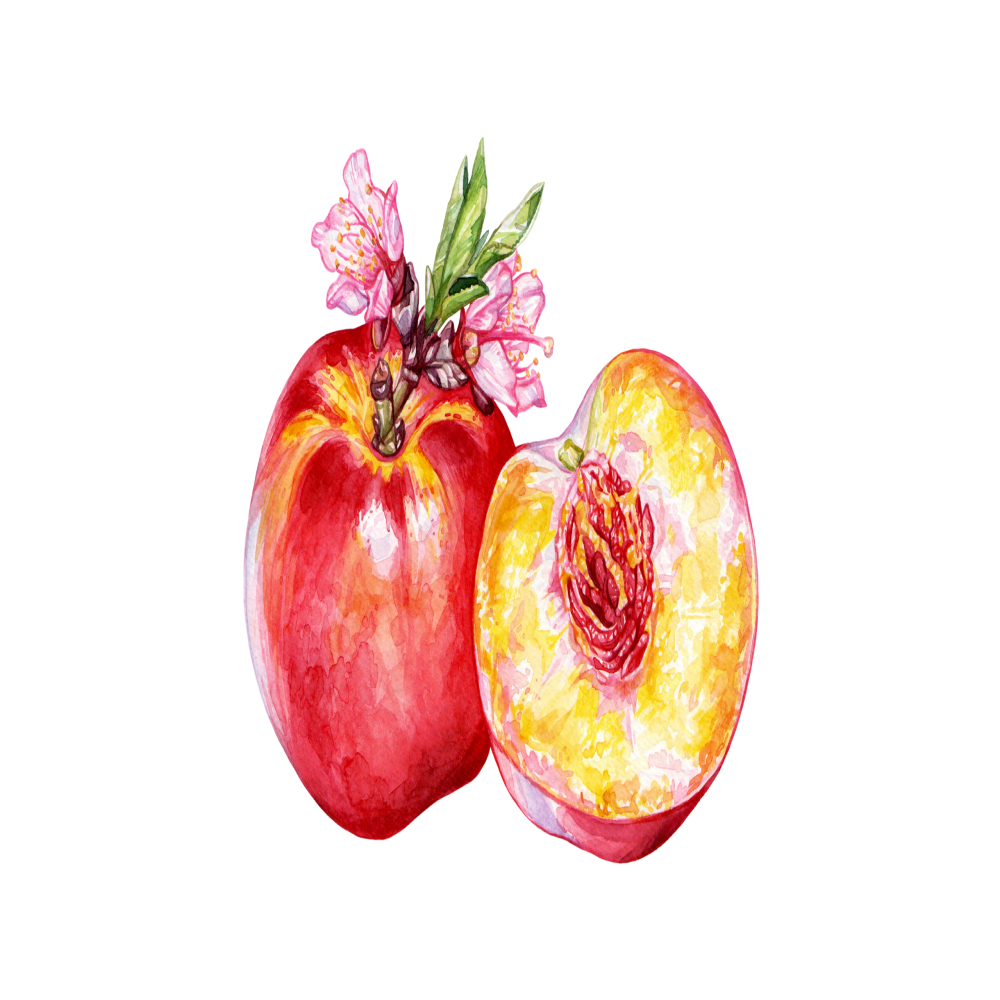
Latin name: Prunus persica var. nucipersica
Uses: fruit
What are nectarines?
Is a nectarine anything but a fuzzless peach? Nope. In fact, nectarines are just a peach mutation that people kept around — the fruit’s bare skin is a recessive trait. Like peaches, you can find nectarines in both yellow- and white-fleshed forms; they’re available both clingstone and freestone, spherical or donut-shaped.
Why are nectarines healthy?
Nectarines offer potassium, iron, copper, niacin, and vitamin C. They’re high in polyphenols and provide fiber. But more than anything, they’re a powerful mood-enhancer: eating a ripe nectarine is pure bliss.
What do nectarines taste like?
Nectarine taste like peaches but are usually smaller and a little sweeter. A ripe nectarine is a revelation — juicy and succulent, sweet and brightly acidic, with a heady and slightly tropical, jasmine-y fragrance.
How do I use nectarines?
Nectarines require nothing but a rinse to be ready for eating, but grilling and roasting concentrates the sweet juices.
What do nectarines pair well with?
They pair well with members of their family, especially apricots, plums, almonds, and raspberries, and they’re a natural with vanilla, cream (especially ice cream, crème fraîche, or mascarpone), and fruity/sparkling wines. But don’t be afraid to use nectarines with more aggressive flavors like veined cheeses and lovage, which their sugar and acidity balance beautifully. Nectarines love the warmth of nutmeg, honey, brown sugar, and toasted nuts, and are wonderful in fruit salsas with cilantro, habanero, lime, and shallots.
Where do nectarines grow?
Nectarines are thought to have originated in China at least 2,000 years ago, probably as a natural plant mutation on a peach tree. They spread west from Asia but didn’t arrive in Europe until the early 17th century. Spaniards introduced them to California, which grows most nectarines we find in markets today.
How to buy nectarines:
Nectarines are a rose-family summer crop; as you do with other stone fruits, select fragrant specimens that feel heavy for their size and yield to gentle pressure. Harder nectarines can be ripened in a paper bag at room temperature, but never taste as good as fruit that was actually ripe before it was picked. You can store them in the fridge to extend their shelf life for a couple weeks.
Fun nectarine fact:
Because they’re the same species, you can grow peaches and nectarines on the same tree, using grafts. In fact, you could create a franken-tree of every type of stone fruit, as Syracuse University art professor Sam Van Aken did in his “Tree of 40 Fruits,” which indeed produces 40 different varieties of nectarine, peach, apricot, plum, and cherry. Van Aken has planted 16 of his creations across seven different states as living art installations.
